Aerobic Exercise
Table of Contents
What is Aerobic Exercise?
Aerobic exercise is one kind of physical activity that activates the large muscle groups in your body. These kinds of exercises are usually rhythmic and repetitive. You have control over how hard your body works during this type of exercise, or how intense your workout is.
Your heart rate and oxygen consumption rise with aerobic activity. “Aerobic” means “containing oxygen.” Your breathing controls the amount of oxygen that reaches your muscles during aerobic exercise, which helps you move and burn energy.
How do anaerobic and aerobic activities differ from one another?
Your body’s energy production is classified as either anaerobic or aerobic.
“With oxygen” is what aerobic implies. To generate energy, your cells require oxygen when you engage in a continuous activity that raises your heart rate. Walking is an aerobic workout example.
Types Of Aerobic Exercise
Aerobic activities come in many different varieties. Among the most typical are:
- Jogging or walking.
- Cycling.
- Cardio apparatus.
- Swimming.
Jogging or walking: One of the most straightforward and accessible cardio activities is walking. Adapting the intensity to your level of fitness is possible. While jogging is slower than running, it is quicker than walking. Because it puts more strain on your joints than walking, jogging is not advised if you are injured.
No specific equipment is needed for this sport, except athletic shoes. Walking is possible practically anywhere, even on a treadmill, in malls, and on indoor tracks. Walking becomes effortless as a result, all year long. An excellent way to begin your first fitness regimen is to go for a walk.

Cycling: Either a standard bicycle or a stationary bike can be used for this cardio activity. You may change the difficulty of your workout by cycling on a route with more hills or inclines or by selecting a higher setting on your stationary bike.
If you suffer from arthritis or any other joint-related disease, cycling can be the best option. Unlike walking, which may place a lot of mechanical strain on your back, hips, knees, and ankles, this activity benefits your heart. Your activities may be restricted by the weather if you ride a bike outside.
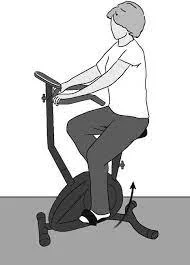
Cardio apparatus: Machines that raise your heart rate as you make repeated motions are examples of cardio equipment. Typical kinds of cardiac equipment include the following:
- A rowing machine.
- Those who climb stairs.
- An ellipse.
- A treadmill.
These machines may be purchased in your neighborhood gym or installed in your house. If you decide to buy one for use at home, they might be rather huge and difficult to fit in. A gym or fitness center is a good place to start because there are many different kinds of cardio machines.
Discovering which machine you like most and which one relieves the strain on parts of your body where you might have an injury or problem may take some time. Additionally, your healthcare expert may advise you on the finest kind of cardiac machine.

Swimming: You move through the water using your arms and legs during swimming, which is a low-impact sport. Swimming becomes more intense in open water than in a pool. If joint pain is a problem, water aerobics and water walking are suitable substitutes. Your joints are less stressed because of the buoyancy the water provides. In the event of an emergency, make sure you are swimming under a lifeguard’s supervision if you intend to swim or engage in other water sports.

Aerobic Exercise
What are the benefits of aerobic exercise?
- Improves cardiovascular health
- Lowers blood pressure
- Helps regulate blood sugar
- Reduces asthma symptoms
- Reduces chronic pain
- Aids sleep
- Regulates weight
- Strengthens the immune system
- Improves brain power
- Boosts mood
- Reduces risk of falls
- Safe for most people, including kids
- Affordable and accessible
1. Improves cardiovascular health: The American Heart Association and the majority of physicians advise aerobic exercise for those who have heart disease or are at risk for it. This is because physical activity builds up your heart and makes it more capable of pumping blood throughout your body.
Because cardiovascular activity increases “good” high-density lipoprotein (HDL) cholesterol and decreases “bad” low-density lipoprotein (LDL) cholesterol, it can also help lower blood pressure and maintain clean arteries.
Aim for 40 minutes if your goal is to reduce blood pressure and cholesterol. dependable source for three to four times a week of moderate-to-intense cardiovascular activity.
2. Lowers blood pressure: Engaging in cardiovascular activity can help you control your high blood pressure symptoms. This is due to the fact that exercise can assist in reducing blood pressure.
3. Helps regulate blood sugar: Engaging in regular exercise helps control body weight, reduce blood sugar, and manage insulin levels. Researchers discovered that any sort of activity, whether anaerobic or aerobic, may have these benefits in a study on individuals with type 2 diabetes.
4. Reduces asthma symptoms: The frequency and intensity of asthma episodes can be reduced for those who engage in aerobic activity. However, if you have asthma, you should still see your doctor before starting a new health regimen. They could suggest certain exercises or safety measures to help you stay safe while exercising.
5. Reduces chronic pain: Low-impact cardiovascular exercises, such as swimming or aqua aerobics, may help restore muscular function and endurance if you suffer from chronic back pain. Losing weight is another benefit of exercise that may help lessen chronic back pain.
6. Aids sleep: When you’re awake, consider doing cardiovascular exercises if you’re experiencing problems falling asleep.
A regular exercise regimen, along with instruction about good sleep hygiene, has been shown to be an effective therapy for insomnia in people with chronic sleep problems.
Participants filled out questionnaires on their sleep and overall mood after 16 weeks of aerobic exercise. Better sleep time and quality, as well as increased energy and concentration throughout the day, were reported by the exercise group.
Exercise too soon before bed, however, may make it harder to fall asleep. At least two hours before going to bed, try to complete your workout.
7. Regulates weight: You may have heard that the foundation of weight loss is exercise and nutrition. However, aerobic activity alone may be able to help you lose weight and keep it off.
In one trial, researchers urged overweight patients to maintain the same diet but to exercise five times a week for ten months, burning 400–600 calories.
Both men and women had considerable weight reduction, ranging from 4.3 to 5.7 percent of their initial weights, according to the study. The bulk of the individuals’ workouts consisted of walking or jogging on treadmills. If you don’t have access to a treadmill, consider going for a few little jogs or walks each day, such as before dinner or during your lunch break.
You may need to walk or jog up to 4 kilometers to burn 400–600 calories, depending on your weight and speed. When aerobic activity is combined with calorie reduction, the quantity of exercise required to lose the same amount of weight can be decreased.
8. Strengthens immune system: Researchers from Pennsylvania State University looked at how exercise affected the immune systems of inactive and active women.
For thirty minutes, one group worked out on a treadmill, and another group engaged in a 30-second burst of vigorous exercise.
The last group did not work out. Before, during, and at various points in the days and weeks after these workouts, blood was drawn from each woman.
Regular and moderate aerobic activity raises specific antibodies in the blood called immunoglobulins, according to the study. The immune system is eventually strengthened as a result. The immune system function of the sedentary women group did not improve, and their cortisol levels were much greater than those of the active groups.
9. Improves brain power: It may surprise you to learn that beyond the age of thirty, the brain begins to lose tissue. Researchers have shown that aerobic exercise may enhance cognitive function and delay this decline.
A study of 55 older persons’ magnetic resonance imaging (MRI) scans was conducted in order to test this notion. The participants’ health, especially their aerobic fitness, was then evaluated. There were fewer decreases in the frontal, parietal, and temporal regions of the brain among the most fit people. Their brain tissue was more resilient overall.
10. Boosts mood: You could feel happier if you move your body. In one study of people with depression, participants walked for 30 minutes at intervals on a treadmill. They were asked to report any mood swings after ten days.
Every participant reported a notable decrease in their depressive symptoms. These findings imply that exercise, even light exercise, may have a significant effect on mood.
It is not necessary to wait nearly two weeks to see progress. The findings of the study showed that you can get a boost with only one workout.
11. Reduces risk of falls: Among those over 65, one in three falls every year. In addition to breaking bones, falls may cause permanent harm or disability. Your risk of falling may be decreased with exercise. And don’t worry if you think you’re too old to begin working out. There’s a lot to gain.
According to the findings of a study conducted on women aged 72 to 87, aerobic dancing, for instance, can lower the risk of falling by encouraging improved agility and balance. Over a 12-week period, the ladies exercised for an hour three times a week. There was a lot of crouching, leg balancing, and other fundamental gross motor exercises throughout the dancing sessions.
The control group’s ladies fared noticeably better at the end of the research on activities like standing on one leg while closing their eyes. They also possessed greater reach and grip strength, which are critical physical attributes that can help prevent falls.
Consult your physician before beginning a new exercise regimen, and start out slowly. One of the best ways to exercise safely is through group lessons. If you’re performing techniques incorrectly, the teacher can advise you. If necessary, they may also make adjustments to lower your risk of injury.
12. Safe for most people, including kids: For most categories of people, even those who are elderly or have long-term medical concerns, cardiovascular activity is advised. Working with your physician to determine what is safe for you in your specific circumstance is crucial.
Kids need to undergo regular aerobic activity. The guidelines for children are really a little higher than those for adults. Every day, try to get your youngster active for at least an hour. While moderate activities are beneficial, children should spend at least three days a week in the strenuous zone.
13. Affordable and accessible: Working out doesn’t require expensive equipment or a gym membership. Getting your daily exercise might be as simple as going for a jog on a nearby trail with a buddy or having a stroll around your neighborhood.
Other options to obtain your cardio workout at little or no cost:
Check the hours of the local community centers or schools. Many feature sliding-scale entrance prices or provide locals with free entry. Some fitness centers even provide the general public with free or reasonably priced exercise classes.
Look through websites like YouTube to locate free workouts. Mobile Physio, Yoga with Adriene, Fitness Blender, and Blogilates are well-liked platforms.
Ask your employer about any free or discounted gym memberships in the region. You could qualify for incentives from your health insurance company if your place of employment doesn’t give any.
What are the risks of aerobic exercises?
Being physically active increases your risk of injury from the following:
- strains and sprains.
- fracture of the bone.
- Joint pain.
- cramping in the muscles.
- Pain or unease.
How Much Aerobic Exercise Should You Do?
One of the following weekly physical activity durations is recommended for adults in order to support heart health and reduce the risk of atherosclerotic cardiovascular disease (ASCVD):3
- A moderate amount of physical activity for 150 minutes
- Physical activity at a high intensity for 75 minutes
- Moderate and intense physical activity in equal measure
The following categories are used to classify the intensity of exercise:
Light intensity: Mild housekeeping, cooking, and leisurely walking
Walking briskly (2.4–4.0 miles per hour), cycling (5–9 miles per hour), dancing, active yoga, swimming for enjoyment, vacuuming, raking leaves, and gardening are all examples of moderately intense activities.
Intense exercise: jogging, running, hiking, biking (over 10 mph), swimming laps, jumping rope, aerobics, weightlifting, stair climbing, and snow shoveling.
What is the “Talk test?”
The “talk test” can be used to determine whether an activity is too demanding when beginning a new aerobic workout. Try to speak effectively or engage in a conversation while doing the workout. You can be engaging in an activity that is overly demanding if speaking is difficult for you. You can do this test again later, once your strength and endurance have increased, and the results may change.
How to Perform Aerobic Exercise?
There should be three steps included in an aerobic workout:
- a warm-up.
- The exercise’s progression.
- A period of cooling off.
Warming up and cooling down: A warm-up and cool-down should be part of every aerobic exercise session. The warm-up should consist of a progressive increase in the exercise’s tempo and intensity rather than static stretching. This lowers your risk of damage to your muscles or joints and enables your body to pump more blood to your muscles. It should take five to ten minutes to complete the warm-up. With a steady slowdown in pace, the cooldown should last roughly the same length of time as the warmup. Following aerobic activity, stretches might be useful.
Progression of aerobic exercise
Your activity should change in terms of progression, or moving to greater intensities or the amount of effort your body makes throughout the exercise. The exercise should be progressed according to your strength and tolerance. If you’re just starting out, go slowly. The amount of labor your body does during a workout can be gradually increased if you’re preparing for a marathon.
Three methods exist for increasing the intensity of an aerobic workout:
- Speed up.
- Boost the resistance.
- Lengthen the time.
Any one of these techniques, or a mix of these techniques, will increase aerobic fitness. It is best to gradually increase intensity. Only a few minutes at a time should be your task.
Does performing aerobic workouts require me to visit a gym?
No, doing aerobic activities doesn’t require you to visit a gym or fitness facility. The aerobic workouts listed below can be performed at home:
- Dancing
- walking.
- Cycling.
- cutting the grass (with a push mower).
Go to a gym to perform aerobic activities if you enjoy utilizing specialized cardio equipment like a treadmill or elliptical.
Aerobic Exercise Classes
Working out in a social environment has the potential to boost your motivation. Additionally, a lot of individuals could enjoy the classes.
Like the gym, though, there are expenses to take into account. There can also be a lack of customization and less freedom.
Preventing aerobic exercise injury
To avoid being hurt when doing aerobic activity, you can do the following:
- seeking advice from your doctor before beginning a regular exercise routine.
- Learning the safe usage of fitness equipment.
- doing the exercise as directed and with proper technique.
- putting on appropriate clothing or gear.
- recognizing your environment.
- Stretching and warming up.
Exercise should be stopped right away if you have any of the following symptoms: unexpected shortness of breath, tightness in the chest, discomfort in the jaw, shoulders, or chest, lightheadedness, dizziness, disorientation, or joint pain.
Summary
Increased oxygen is needed for working muscles during aerobic activity, which raises your heart rate and breathing. Often referred to as “cardio,” aerobic exercise entails sustained physical effort. Sports, walking, biking, running, dancing, and hiking are examples of aerobic activity.
In addition to improving circulation and lowering high blood pressure, cholesterol, and inflammation, this kind of exercise also helps to enhance heart and lung function. When starting or increasing your aerobic workout, start off slowly and work your way up. First, though, make sure you have your doctor’s approval.
To assist in maintaining ideal heart health and reduce the chance of developing inflammatory diseases that impact your entire body, aerobic exercise is essential. Increase the duration, frequency, and intensity of your physical activity gradually at first to give your body time to adjust to the new activity.
FAQ’s
Sports, walking, biking, running, dancing, and hiking are examples of aerobic activity. In addition to improving circulation and lowering increased blood pressure, cholesterol, and inflammation, this kind of exercise also helps to enhance heart and lung function.
Try to work out on most days of the week. Aim for at least 300 minutes of moderate aerobic activity or 150 minutes of intense activity each week for even greater health advantages. Losing weight or maintaining it may be aided by this level of exercise. However, even a little physical exercise might have positive effects.
The Top 5 Aerobic Activities for the Greatest Health Gains
Skiing around the nation. Do you like working out outside in the snow? Swimming. Swimming is a great way to raise your heart rate, burn calories, and put your body into an aerobic condition. Well…
Walking, cycling outside, jogging, or running.
In addition to muscle-strengthening activities at least twice a week, the Centers for Disease Control and Prevention advises adults to strive for at least 150 minutes of moderate-intensity aerobic activity or 75 minutes of vigorous-intensity activity per week, spread out throughout the week, for overall health.
References:
- Professional, C. C. M. (2025, March 19). Aerobic exercise. Cleveland Clinic. https://my.clevelandclinic.org/health/articles/7050-aerobic-exercise
- Dpt, K. G. P. (2024, April 5). What is aerobic exercise? Verywell Health. https://www.verywellhealth.com/aerobic-exercise-5218112
- Marcin, A. (2020, February 25). Benefits of aerobic exercise explained. Healthline. https://www.healthline.com/health/fitness-exercise/benefits-of-aerobic-exercise
- WebMD Editorial Contributor. (2023, July 14). What are aerobic exercises? WebMD. https://www.webmd.com/fitness-exercise/what-are-aerobic-exercises


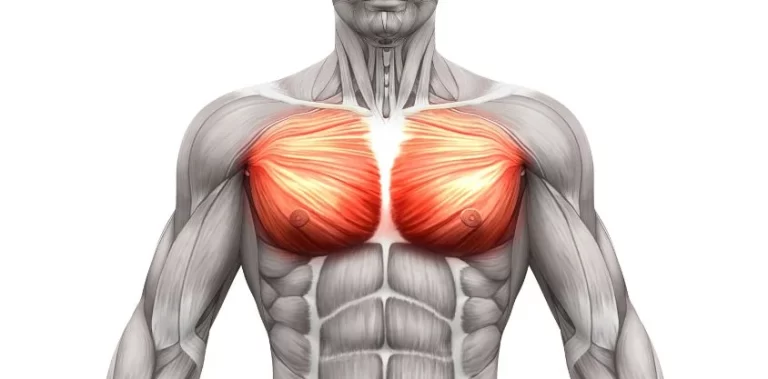

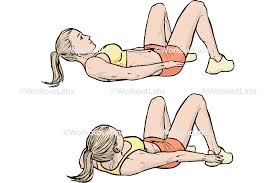
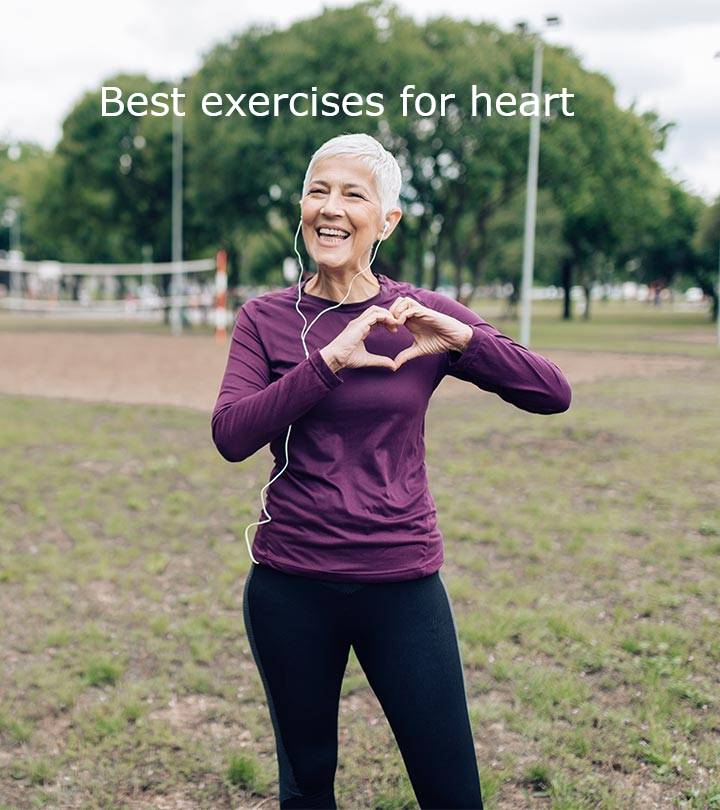
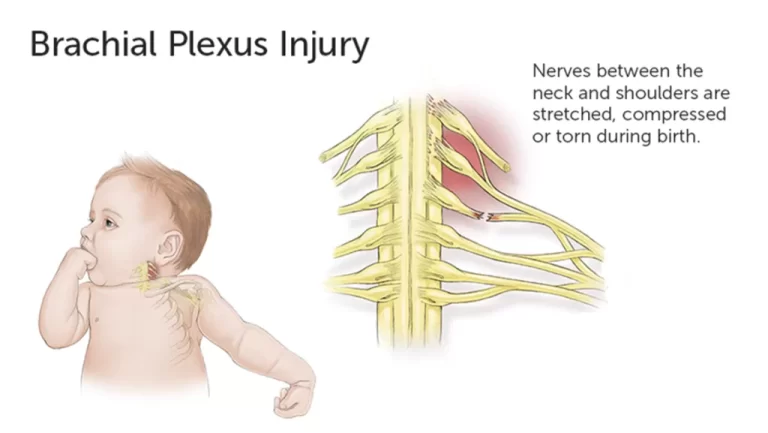
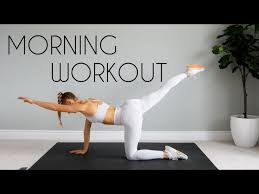
3 Comments